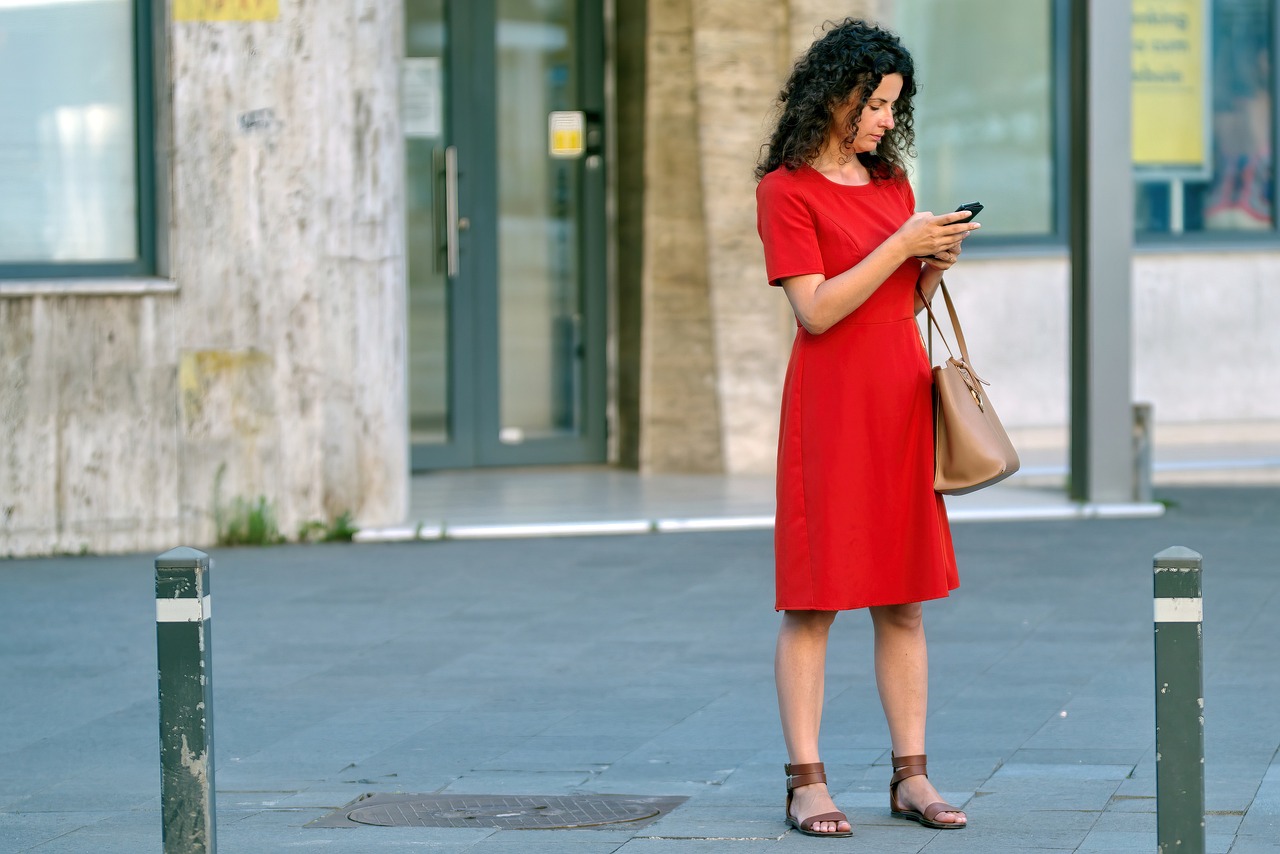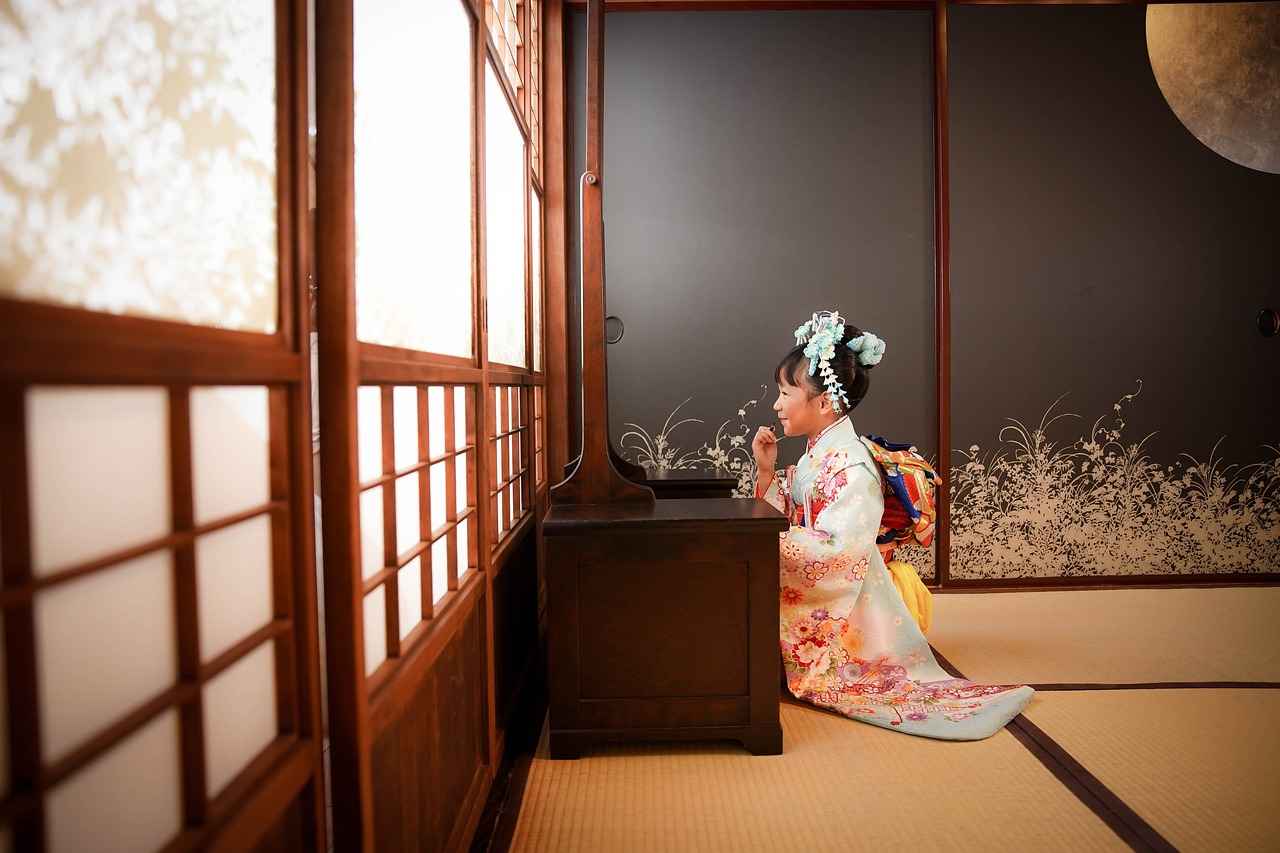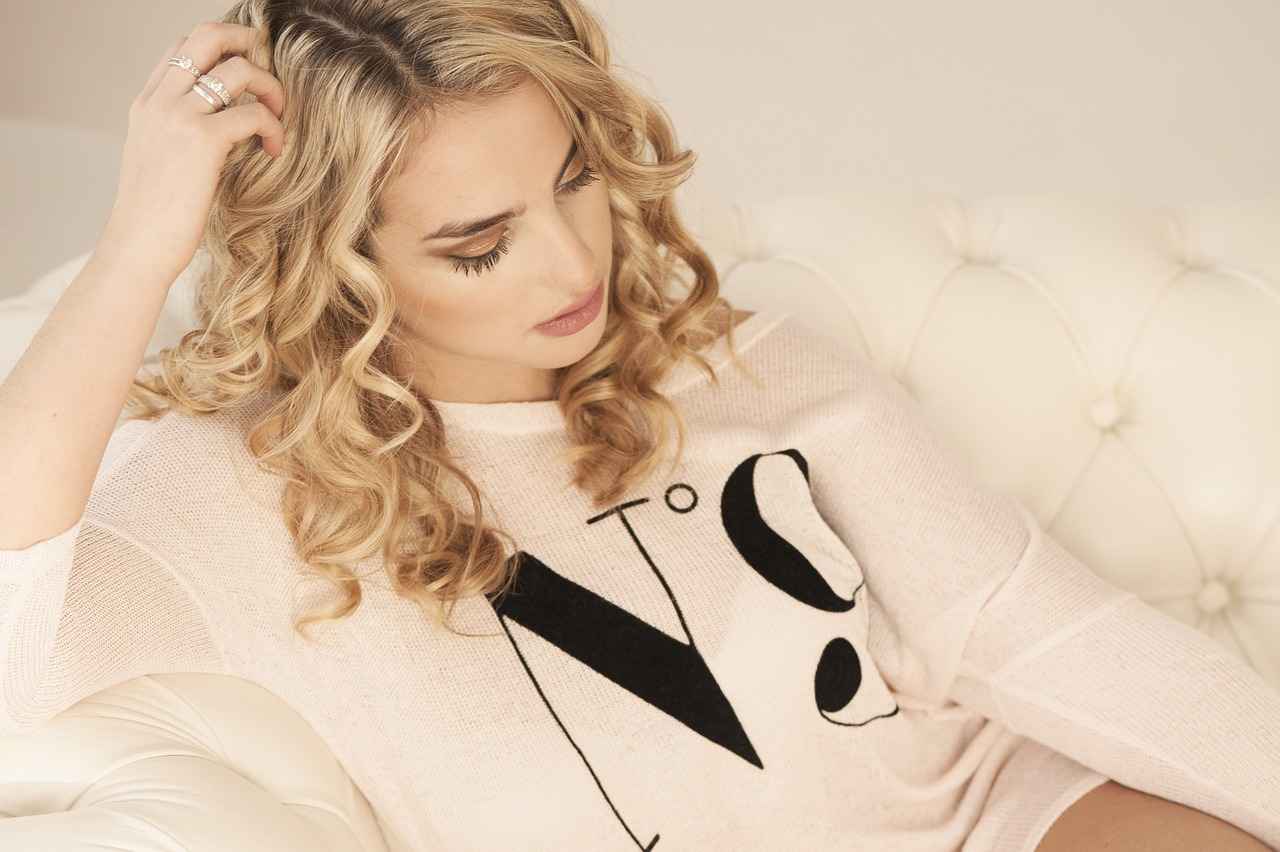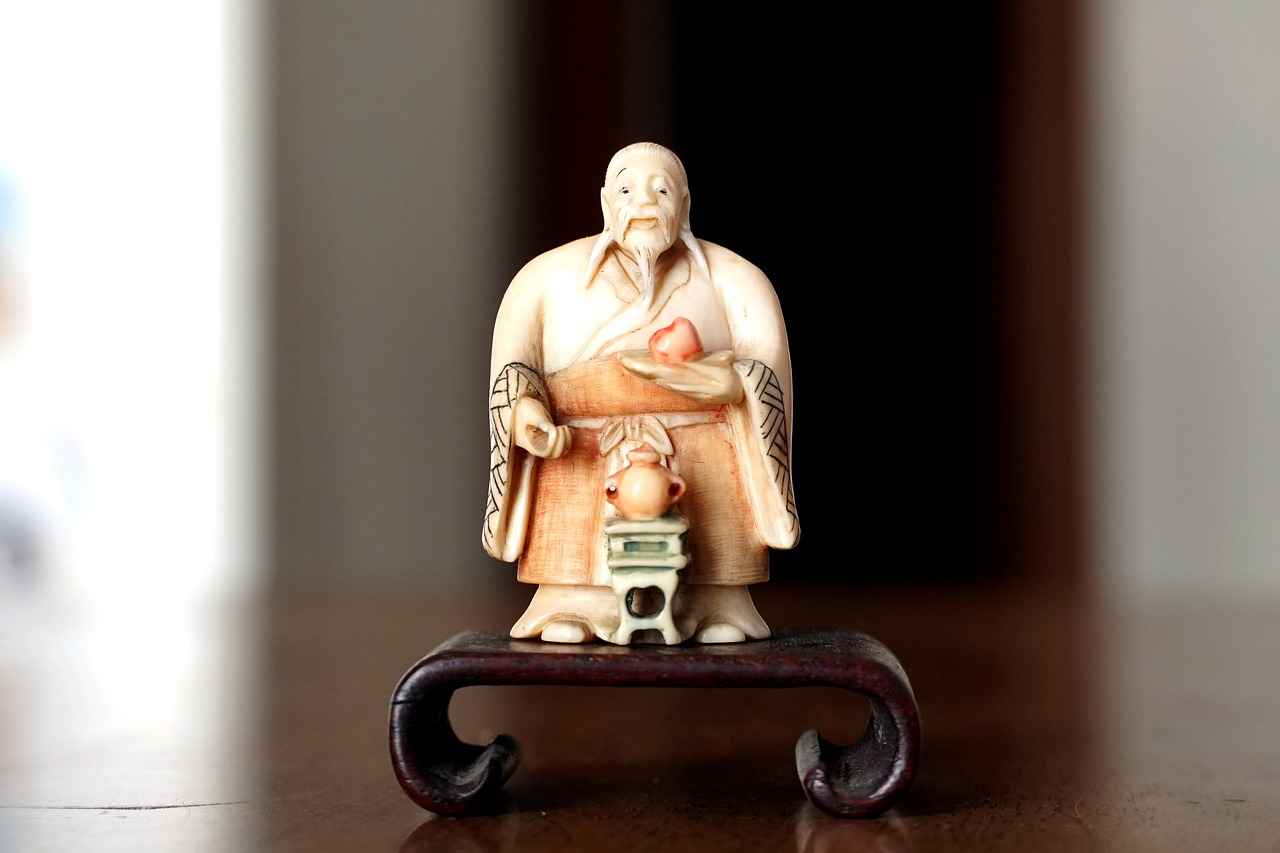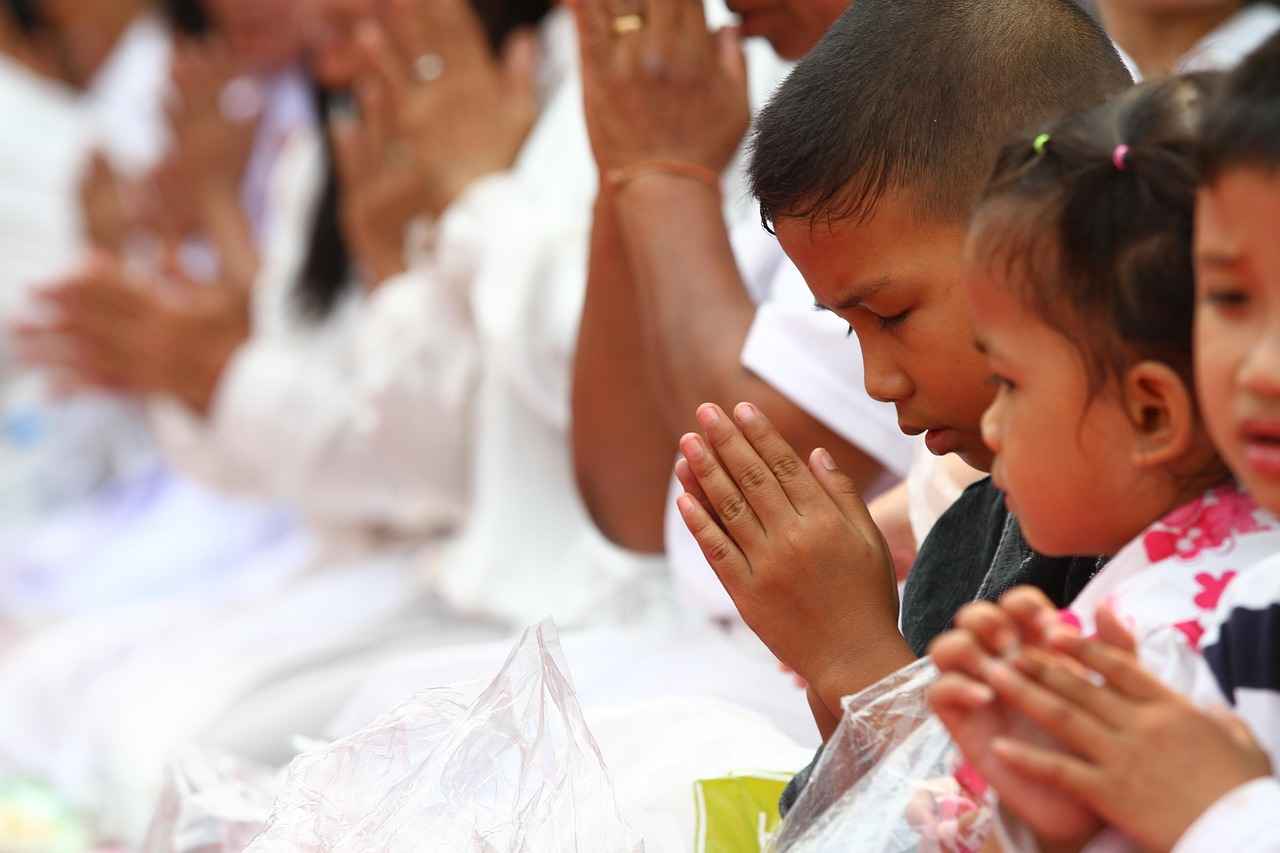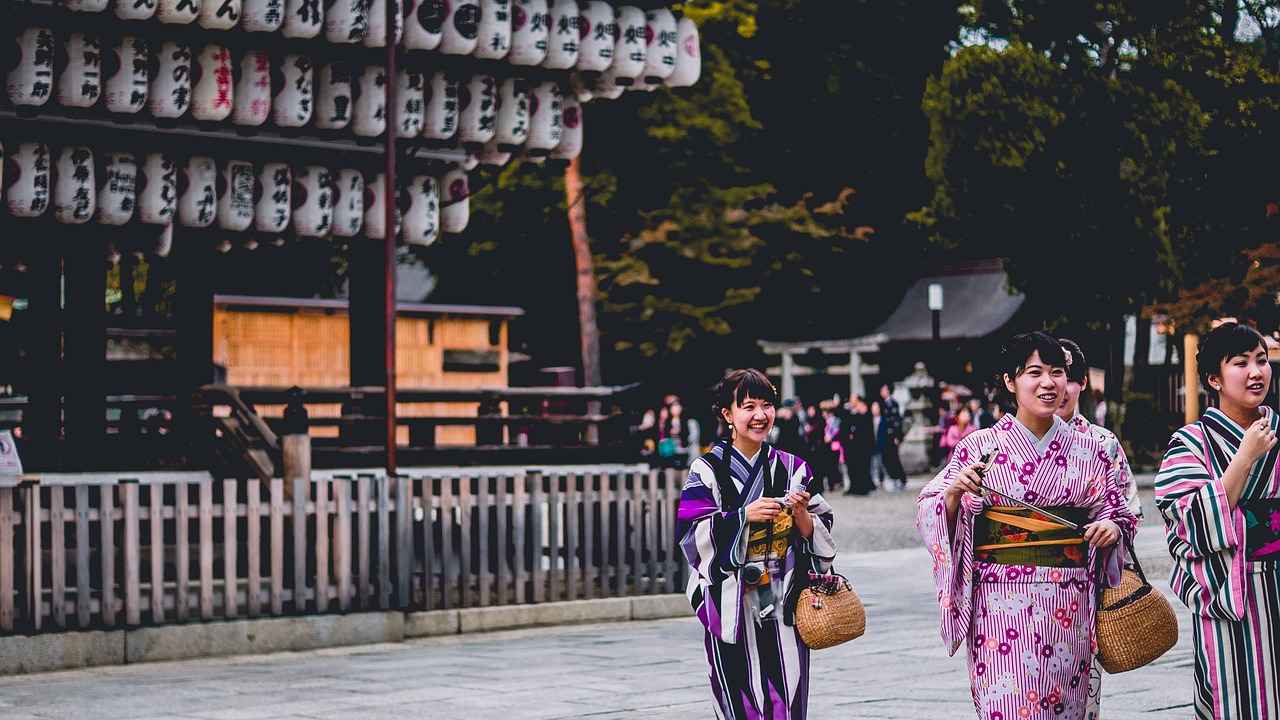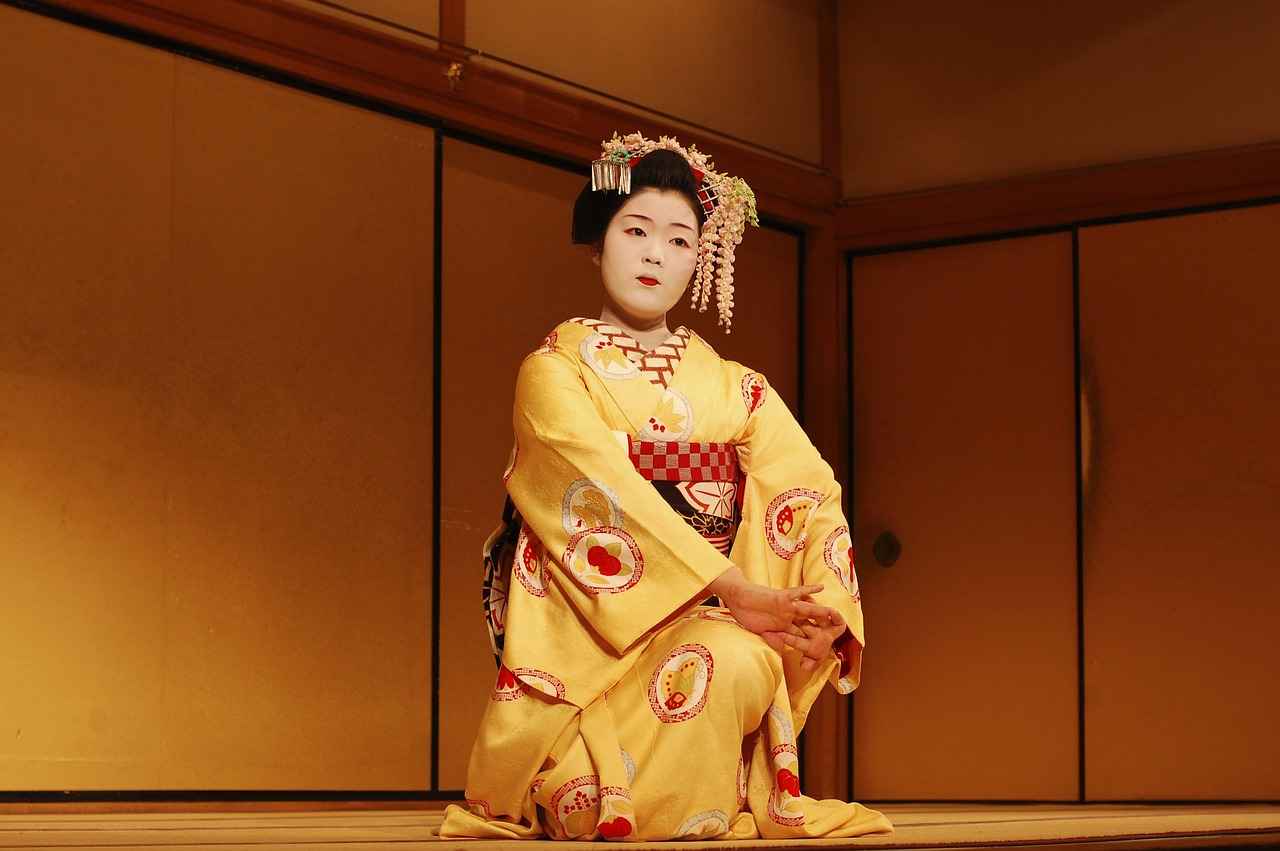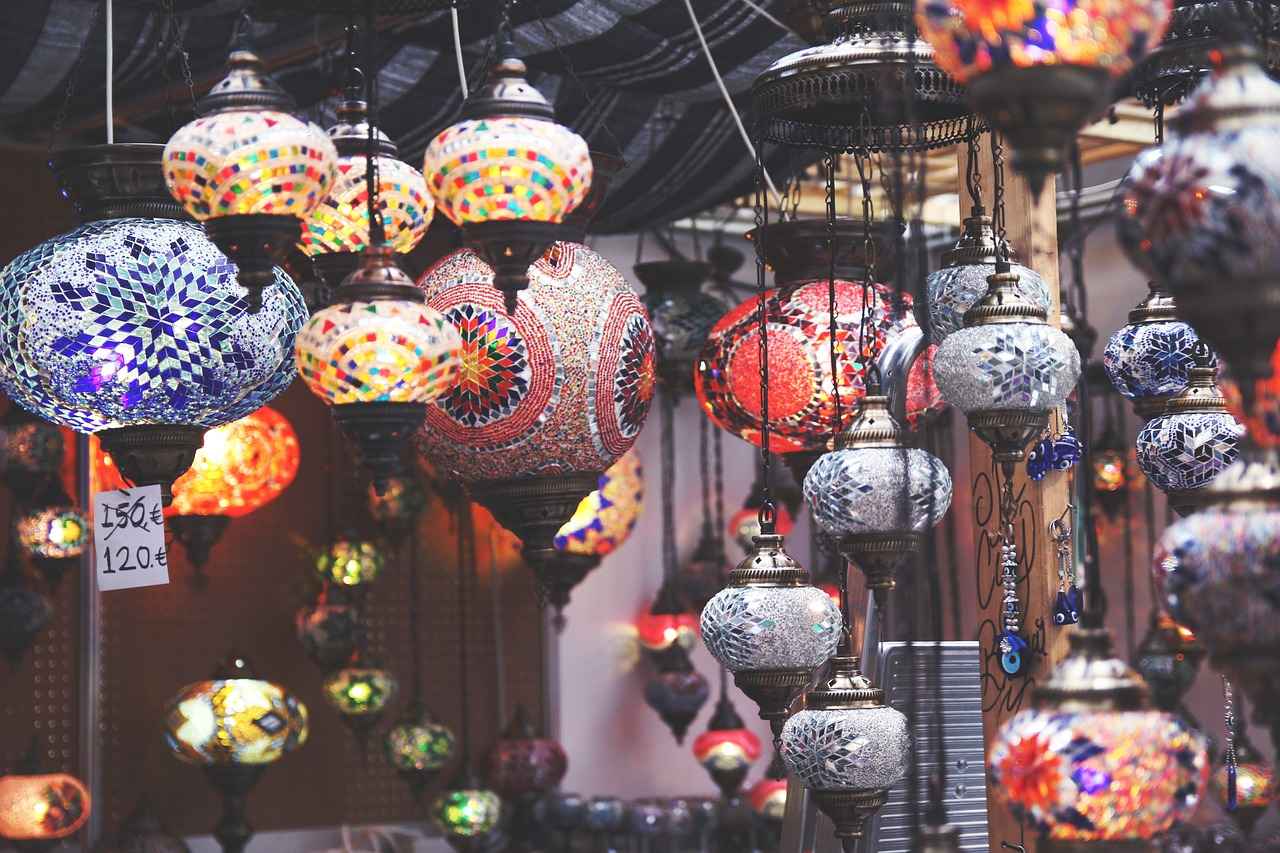This article delves into the timeless elegance of the kimono dress style, exploring its history, design elements, and how it can enhance a woman’s wardrobe.
The History of the Kimono
The kimono has a rich cultural heritage in Japan, symbolizing tradition and artistry. Originating in the Heian period (794-1185), the kimono has evolved through various eras, reflecting changes in society, fashion, and art. Understanding its evolution provides insight into its significance and contemporary adaptations.
Design Elements of a Kimono Dress
Kimono dresses feature unique design elements such as wide sleeves, intricate patterns, and varying lengths. These characteristics contribute to their elegance and versatility in modern fashion. The flowing silhouette is not only flattering but also allows for ease of movement.
Fabrics Used in Kimono Dresses
- Silk Kimonos: Silk kimonos offer a luxurious feel and beautiful sheen, making them ideal for formal occasions. Their lightweight nature enhances the graceful movement of the wearer.
- Cotton Kimonos: Cotton kimonos are more casual and breathable, perfect for everyday wear. They often feature vibrant prints and are easier to care for, appealing to a wider audience.
Patterns and Colors in Kimono Fashion
The patterns and colors of kimono dresses are deeply symbolic, often reflecting nature or seasonal themes. Popular motifs include cherry blossoms, cranes, and waves, each carrying its own meaning and cultural significance.
Accessorizing Your Kimono Dress
Accessorizing is key to enhancing the elegance of a kimono dress. The right accessories can elevate the outfit for various occasions. Consider pairing your kimono with:
- Footwear Choices: Traditional options include geta or zori, while modern styles may incorporate heels or flats.
- Jewelry and Other Accessories: Choosing delicate necklaces or statement earrings can complement the kimono’s elegance without overwhelming its intricate design.
Styling Tips for Different Occasions
- Casual Outings: For casual outings, pairing a kimono dress with simple accessories and comfortable footwear creates a chic yet relaxed look suitable for everyday wear.
- Formal Events: When attending formal events, enhancing a kimono dress with elegant accessories and sophisticated footwear can transform it into a stunning evening outfit.
Conclusion: Embracing the Kimono Dress Style
The kimono dress style offers a unique blend of tradition and modern elegance, making it a valuable addition to any woman’s wardrobe. Embracing this style allows for personal expression and cultural appreciation, while also providing a timeless option for various occasions.
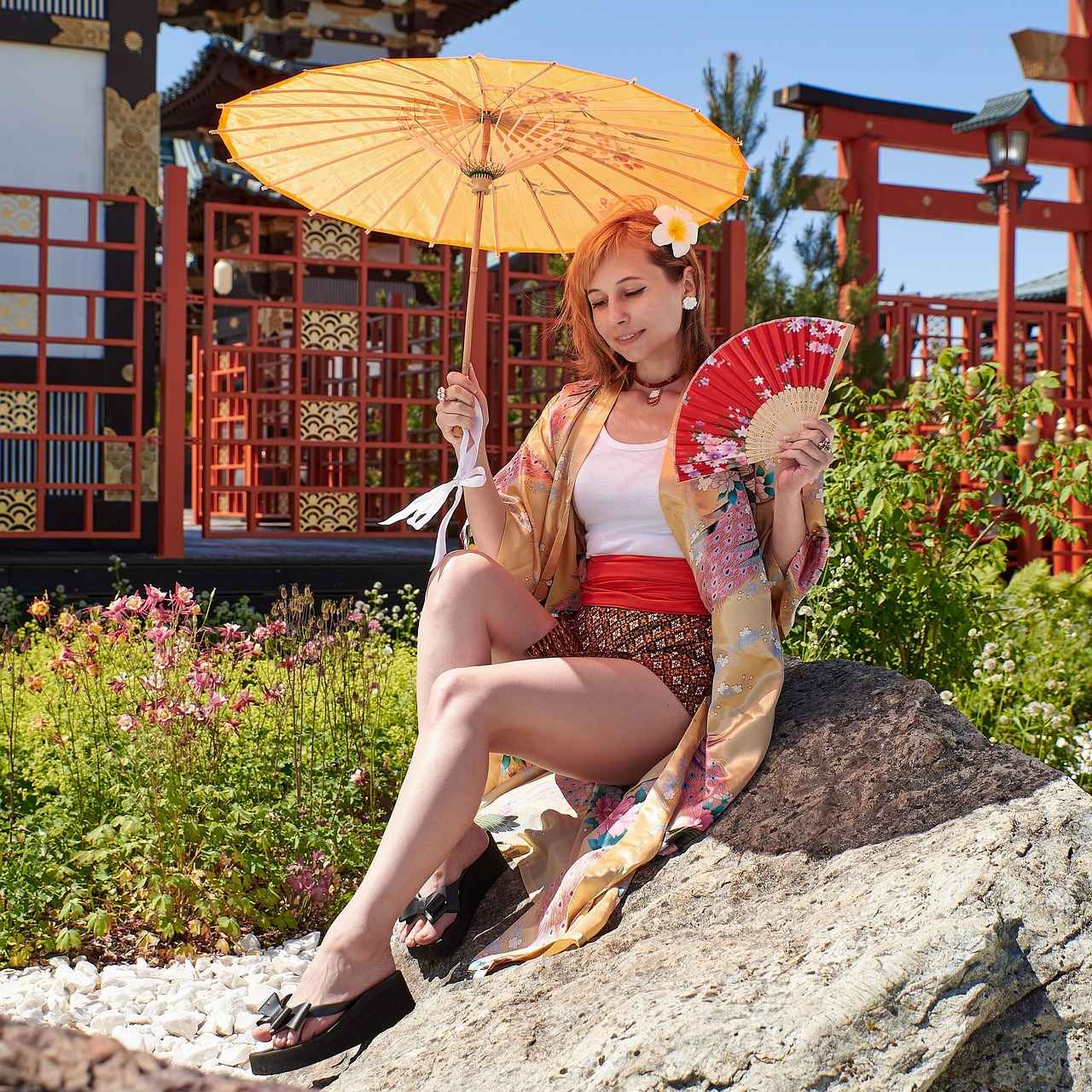
The History of the Kimono
The kimono, a traditional garment of Japan, is more than just clothing; it is a representation of the country’s rich cultural heritage. Tracing the history of the kimono reveals its evolution from a practical garment to a symbol of elegance and artistry.
Initially, the kimono emerged during the Heian period (794-1185) as a simple, functional piece of clothing. As time progressed, it became more elaborate, reflecting the status and identity of the wearer. By the Edo period (1603-1868), the kimono had transformed into a highly stylized garment, characterized by vibrant colors and intricate patterns. This evolution mirrors Japan’s societal changes, artistic movements, and technological advancements.
Throughout its history, the kimono has been adorned with meaningful motifs that symbolize various aspects of Japanese culture. For instance, floral patterns often represent the changing seasons, while geometric designs can signify harmony and balance. The colors chosen for a kimono are equally significant; they can denote the wearer’s age, marital status, and the season in which the garment is worn.
In contemporary Japan, the kimono continues to be worn during special occasions such as weddings, tea ceremonies, and festivals. However, its presence has also adapted to modern fashion trends. Designers are now incorporating kimono elements into everyday wear, making it accessible to a broader audience. This fusion of tradition and modernity highlights the kimono’s enduring appeal and relevance in today’s fashion landscape.
In summary, the kimono’s history is a testament to Japan’s rich cultural narrative. By understanding its evolution, one can appreciate not only the garment itself but also the values and traditions it embodies. As the kimono continues to inspire contemporary fashion, it remains a powerful symbol of elegance, artistry, and cultural heritage.
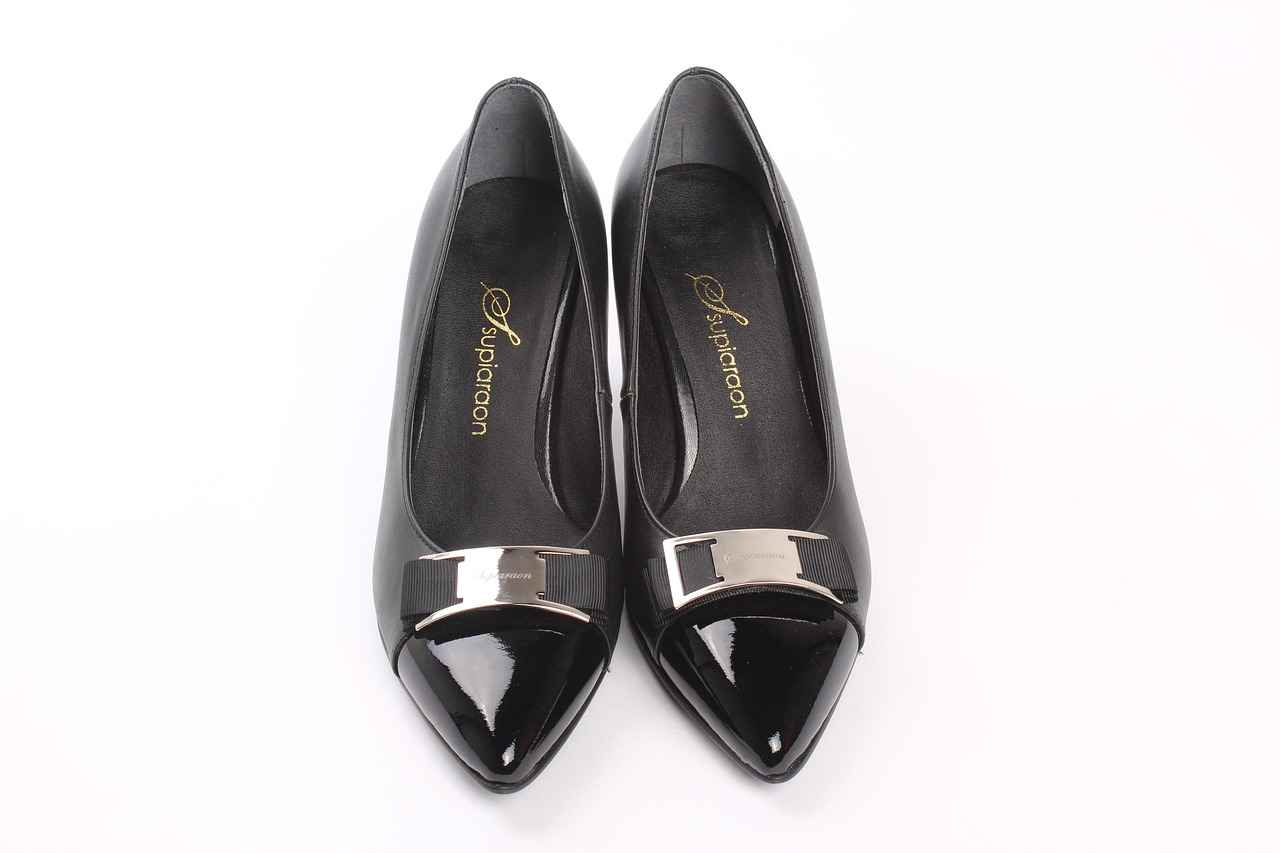
Design Elements of a Kimono Dress
The kimono dress is a stunning representation of traditional Japanese fashion, characterized by its unique design elements that have captivated the modern fashion world. These elements not only embody elegance but also offer versatility, making the kimono dress a favorite choice for various occasions.
- Wide Sleeves: One of the most distinctive features of a kimono dress is its wide sleeves, which allow for ease of movement and add a touch of grace. The sleeves can vary in length and style, from short to long, contributing to the overall aesthetic appeal.
- Intricate Patterns: Kimono dresses often showcase intricate patterns that are rich in cultural significance. These designs may include floral motifs, geometric shapes, or seasonal themes, each telling a story and reflecting the beauty of nature.
- Varying Lengths: The length of a kimono dress can range from knee-length to floor-length, providing options for different occasions. This versatility allows wearers to choose a style that best fits their personal taste and the event they are attending.
- Color Palette: The color palette of kimono dresses is typically vibrant and diverse, with colors chosen to evoke specific emotions or represent particular seasons. This aspect enhances the dress’s ability to make a statement while remaining elegant.
- Fabric Choices: Kimonos are made from various fabrics, including silk, cotton, and synthetic materials. Each fabric contributes to the dress’s drape and comfort, allowing for a unique wearing experience.
In conclusion, the design elements of a kimono dress, including its wide sleeves, intricate patterns, varying lengths, vibrant colors, and diverse fabrics, contribute significantly to its elegance and adaptability. This timeless garment continues to inspire modern fashion, proving that tradition and contemporary style can beautifully coexist.
Fabrics Used in Kimono Dresses
Kimonos are not just garments; they are a celebration of artistry, culture, and tradition. The choice of fabric plays a crucial role in defining the drape, comfort, and overall aesthetic appeal of a kimono dress. Understanding the different types of fabrics can help in selecting the perfect kimono for any occasion.
- Silk Kimonos
Silk is the most traditional and luxurious fabric used in kimono making. Known for its smooth texture and beautiful sheen, silk kimonos are often reserved for formal occasions. The lightweight nature of silk enhances the graceful movement of the wearer, making it a popular choice for weddings and ceremonial events.
- Cotton Kimonos
Cotton offers a more casual and breathable alternative. Perfect for everyday wear, cotton kimonos often feature vibrant prints and are easier to care for than their silk counterparts. They are ideal for summer outings and informal gatherings, providing comfort without sacrificing style.
- Synthetic Fibers
With advancements in fabric technology, synthetic fibers have become a popular choice for modern kimonos. These fabrics can mimic the look and feel of silk or cotton while offering enhanced durability and easy maintenance. They are often more affordable, making them accessible to a wider audience.
In conclusion, the fabric you choose for a kimono dress significantly influences its style and functionality. Whether you prefer the luxurious feel of silk, the casual comfort of cotton, or the practicality of synthetic fibers, each option offers unique benefits that cater to different occasions and personal preferences.
Silk Kimonos
are the epitome of luxury in traditional Japanese attire, renowned for their exquisite texture and elegant appearance. The unique properties of silk fabric provide not only a stunning visual appeal but also an unparalleled comfort that enhances the wearer’s experience. The sheen of silk kimonos reflects light beautifully, making them a popular choice for formal occasions, such as weddings, galas, and cultural ceremonies.
The lightweight nature of silk contributes significantly to the overall aesthetic of the kimono, allowing for graceful movements that flow with the body. As the wearer moves, the fabric drapes elegantly, creating a captivating visual effect that draws attention and admiration. This fluidity is particularly important in traditional dance performances, where the movement of the kimono can enhance the storytelling aspect of the art.
Moreover, silk kimonos often feature intricate designs and patterns that tell a story or symbolize various cultural elements. From floral motifs to seasonal themes, these designs add depth and meaning to the garment, making each piece unique. The artistry involved in creating these patterns showcases the skill of Japanese artisans, who have perfected their craft over generations.
In addition to their beauty, silk kimonos are versatile. They can be worn in various settings, transitioning from formal events to more casual gatherings with the right accessories. Pairing a silk kimono with elegant shoes and minimalistic jewelry can elevate its sophistication, while a more relaxed approach with casual footwear can create a chic, everyday look.
In conclusion, silk kimonos are not just garments; they are a celebration of culture, artistry, and elegance. By choosing a silk kimono, one embraces a piece of history while enjoying the luxurious feel and stunning appearance that this traditional attire offers.
Cotton Kimonos
have become increasingly popular in contemporary fashion, particularly for those seeking a blend of comfort and style in their everyday wardrobe. These garments are not only casual and breathable, but they also embody a sense of relaxed elegance that appeals to a diverse audience.
One of the most appealing aspects of cotton kimonos is their versatility. They can be worn in a variety of settings, from casual outings to relaxed home gatherings. The lightweight fabric allows for easy movement, making them ideal for warm weather. Additionally, their breathable nature ensures that wearers stay comfortable throughout the day.
Cotton kimonos often come adorned with vibrant prints and patterns that reflect both traditional and modern aesthetics. This diversity in design allows individuals to express their personal style while still embracing the cultural significance of the kimono. Whether it’s floral motifs, geometric designs, or abstract art, there is a cotton kimono to suit every taste.
| Feature | Description |
|---|---|
| Comfort | Lightweight and breathable fabric perfect for daily wear. |
| Style | Available in a variety of vibrant prints and colors. |
| Care | Easy to wash and maintain, making them practical for everyday use. |
Moreover, the ease of care associated with cotton kimonos is a significant advantage. Unlike their silk counterparts, cotton kimonos can be machine washed and do not require special handling. This practicality makes them a favorite choice for those who lead busy lives but still want to look chic.
In conclusion, cotton kimonos represent a perfect fusion of style and functionality. Their casual nature, coupled with vibrant designs and easy maintenance, makes them an essential addition to any wardrobe. As fashion continues to evolve, cotton kimonos remain a timeless choice for women seeking elegance in their everyday attire.
Patterns and Colors in Kimono Fashion
The kimono is not just a garment; it is a canvas that tells a story through its intricate patterns and vibrant colors. Each design is steeped in symbolism, often reflecting the beauty of nature and the changing seasons. This section delves into some of the most popular motifs found in kimono fashion and their deeper meanings.
- Cherry Blossoms (Sakura): A quintessential symbol of spring, cherry blossoms represent the fleeting nature of life. Their delicate beauty captures the essence of renewal and the transient nature of beauty.
- Crane (Tsuru): Known for its grace, the crane symbolizes longevity and good fortune. It is often depicted in flight, embodying the spirit of freedom and hope.
- Pine Trees (Matsu): Associated with endurance and resilience, pine trees are a common motif in winter kimonos. They symbolize strength and the ability to withstand harsh conditions.
- Waves (Nami): The depiction of waves represents the ebb and flow of life. It is a reminder of nature’s power and the constant changes we experience.
- Peonies (Botan): Often called the “king of flowers,” peonies symbolize wealth and prosperity. Their lush blooms are a popular choice for summer kimonos, embodying abundance and beauty.
In addition to these motifs, the color palette of kimono dresses also carries significant meaning. For instance:
- Red: Symbolizes happiness and good luck, often worn during celebrations.
- Blue: Represents tranquility and calmness, making it a popular choice for everyday wear.
- Black: Traditionally associated with formality and elegance, often seen in formal kimonos.
- White: Symbolizes purity and simplicity, frequently used in ceremonial kimonos.
Understanding these patterns and colors not only enhances the appreciation of the kimono but also allows wearers to connect with the rich cultural heritage behind this timeless garment. Whether for a special occasion or daily wear, the symbolism woven into each kimono adds a layer of meaning that transcends fashion.
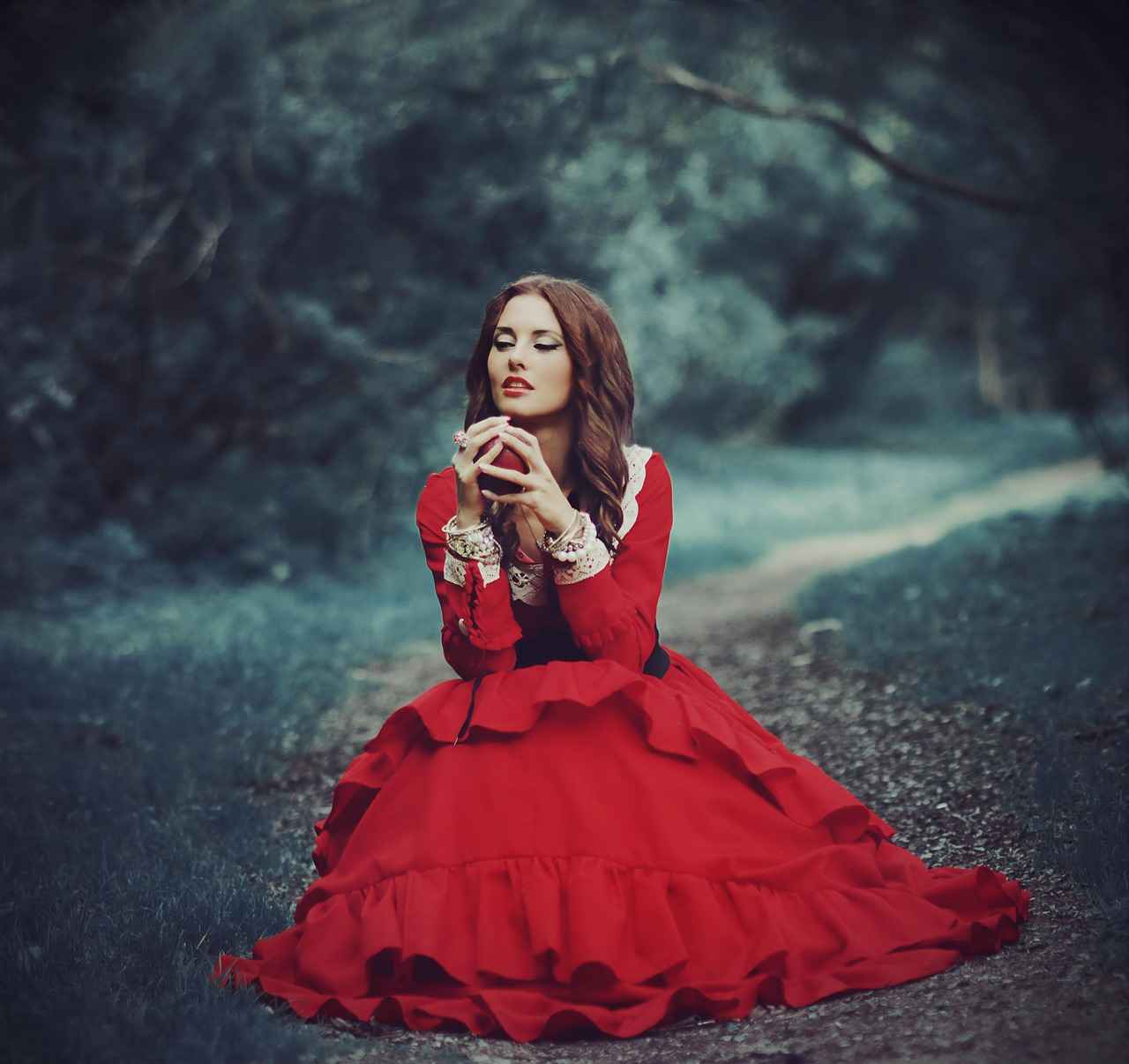
Accessorizing Your Kimono Dress
Accessorizing is essential in enhancing the elegance of a kimono dress. The right accessories not only complement the outfit but also elevate it for various occasions, transforming a simple look into something truly stunning.
When accessorizing a kimono dress, consider the following elements:
- Footwear: The choice of footwear can dramatically affect the overall appearance. Traditional options such as geta or zori provide an authentic touch, while modern alternatives like elegant heels or chic flats can add a contemporary flair.
- Jewelry: Selecting the right jewelry is crucial. Delicate necklaces or statement earrings can enhance the kimono’s beauty without overshadowing its intricate designs. Aim for pieces that reflect the colors or patterns of the dress.
- Bags: A stylish handbag can serve as both a functional and fashionable accessory. Opt for clutches or small crossbody bags that align with the kimono’s aesthetic.
- Belts: Adding a belt can help define the waist and create a more structured silhouette. Choose a belt that contrasts with the kimono’s color for a striking effect.
Additionally, layering can add depth to your outfit. Consider wearing a lightweight shawl or a fitted jacket that complements the kimono. This not only provides warmth but also adds a touch of sophistication.
In conclusion, the right accessories play a pivotal role in enhancing the elegance of a kimono dress. By thoughtfully selecting footwear, jewelry, bags, and other elements, you can create a versatile and stylish look suitable for any occasion, from casual outings to formal events.
Footwear Choices
The right footwear can dramatically transform the appearance of a kimono dress, enhancing its elegance and style. While traditional options like geta and zori remain popular, modern interpretations have broadened the spectrum of choices available to wearers. This section explores various footwear options and their impact on the overall look of a kimono dress.
- Traditional Footwear:
- Geta: These wooden sandals elevate the wearer and are often paired with casual kimono styles. Their unique design allows for airflow, making them a comfortable choice during warmer months.
- Zori: Typically made from rice straw or synthetic materials, zori are flat sandals that provide a more understated elegance. They are suitable for both formal and casual occasions, depending on their design.
- Modern Footwear:
- Heels: Incorporating heels into your kimono ensemble can add a touch of sophistication. Whether opting for stilettos or chunky heels, this choice elevates the outfit, making it perfect for formal events.
- Flats: For a more casual yet chic look, stylish flats can be an excellent choice. They offer comfort without compromising on style, making them ideal for everyday wear.
When selecting footwear for a kimono dress, consider the occasion and the overall aesthetic you wish to achieve. The right shoes not only complement the garment but also enhance the wearer’s confidence and comfort.
Ultimately, whether you choose traditional or modern footwear, the key is to find a balance that honors the kimono’s rich heritage while allowing for personal expression and contemporary flair.
Jewelry and Other Accessories
When it comes to accessorizing a kimono dress, the choice of jewelry and other accessories plays a crucial role in enhancing the overall aesthetic. The delicate nature of a kimono, with its intricate designs and rich fabrics, calls for accessories that complement rather than compete with its beauty.
One of the best approaches is to opt for delicate necklaces that sit gracefully on the neckline, allowing the kimono’s patterns to shine through. A simple gold or silver chain with a small pendant can add a touch of elegance without overwhelming the outfit. Additionally, statement earrings can serve as a focal point, drawing attention to the face while maintaining a balanced look. Choose earrings that are bold yet refined, such as geometric shapes or floral designs that resonate with the kimono’s motifs.
Incorporating bracelets and rings can further enhance the ensemble. Consider stacking thin bangles or wearing a single cuff bracelet to keep the look sophisticated. Rings adorned with gemstones that reflect the colors of the kimono can create a harmonious appearance. It’s essential to remember that less is often more; therefore, selecting a few key pieces can significantly elevate the outfit without causing visual clutter.
Moreover, the choice of hair accessories can also play a pivotal role. A simple hairpin or a floral comb can beautifully tie the whole look together, echoing the elegance of the kimono. For footwear, traditional options like geta or zori are ideal, but modern interpretations can include elegant sandals or low heels that provide comfort while maintaining style.
In conclusion, the right jewelry and accessories can transform a kimono dress into a stunning outfit for any occasion. By focusing on pieces that enhance rather than overshadow the kimono’s beauty, one can achieve a look that is both elegant and timeless.
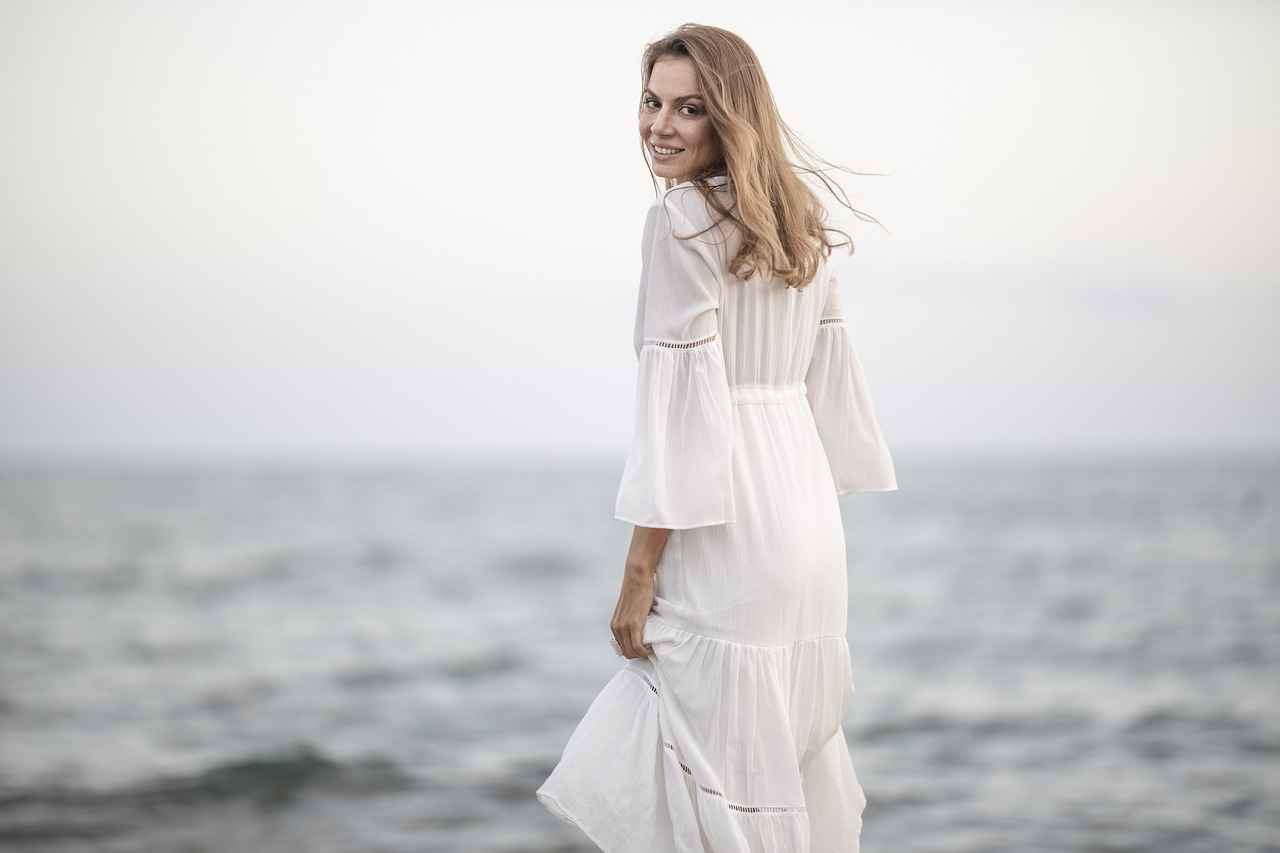
Styling Tips for Different Occasions
Understanding how to style a kimono dress for various occasions can help women make the most of this versatile garment. The kimono dress is not just a traditional piece of clothing; it has evolved into a modern wardrobe staple that can be adapted for numerous events. Here are some practical tips to ensure you look your best, regardless of the occasion.
- Casual Outings: For a relaxed day out, consider pairing your kimono dress with simple accessories like a crossbody bag and minimalistic jewelry. Comfortable sandals or chic sneakers can complete the look while maintaining a laid-back vibe.
- Brunch with Friends: Elevate your kimono dress by adding a stylish belt to define your waist. Opt for floral prints or lighter fabrics to keep it fresh and vibrant. Complete the outfit with wedge sandals or ankle boots for a trendy touch.
- Office Wear: To adapt your kimono dress for the workplace, layer it with a tailored blazer. Choose a dress in muted colors or subtle patterns. Pair it with closed-toe heels or loafers to maintain a professional appearance.
- Formal Events: For weddings or formal gatherings, select a silk kimono dress with intricate designs. Accessorize with statement jewelry and elegant heels. A clutch bag can add a sophisticated touch, ensuring you stand out while respecting the occasion’s formality.
- Evening Out: When heading out for a night on the town, a kimono dress can be styled with bold accessories. Consider a chunky necklace and high-heeled boots to create a striking ensemble that exudes confidence.
By understanding the versatility of the kimono dress and utilizing these styling tips, women can effortlessly transition from casual to formal settings, all while showcasing their unique sense of style.
Casual Outings
When it comes to , the versatility of the kimono dress truly shines. This elegant yet relaxed garment can be effortlessly styled to create a chic look that is perfect for a variety of everyday activities. Whether you’re heading out for brunch with friends, a leisurely walk in the park, or a casual shopping trip, the kimono dress serves as a fantastic foundation for your outfit.
To achieve a laid-back yet stylish appearance, consider pairing your kimono dress with simple accessories. A crossbody bag or a small backpack can add functionality without overwhelming the outfit. Opt for accessories in neutral tones or soft pastels to maintain a cohesive look. Additionally, a delicate bracelet or a pair of stud earrings can enhance your ensemble without drawing attention away from the dress itself.
Footwear choice is crucial in completing your casual look. Comfortable options such as flats, canvas sneakers, or even simple sandals can keep you comfortable while adding a touch of style. Avoid overly formal shoes, as they may disrupt the relaxed vibe of the outfit. Instead, focus on footwear that allows for ease of movement and complements the flowing nature of the kimono dress.
In terms of color and pattern, feel free to experiment with vibrant prints or solid colors that reflect your personal style. Floral patterns or geometric designs can add a fun element to your outfit, making it suitable for daytime adventures. Remember, the key is to keep the overall look effortless and comfortable.
In conclusion, the kimono dress is an excellent choice for casual outings. By selecting simple accessories and comfortable footwear, you can create a chic yet relaxed appearance that is perfect for any day of the week.
Formal Events
are occasions where elegance and sophistication are paramount, and the kimono dress is a perfect choice for such gatherings. To truly elevate the beauty of a kimono dress, it is essential to incorporate carefully selected accessories and footwear that complement its style.
When dressing for formal events, consider the following elements:
- Elegant Accessories: Choose accessories that enhance the kimono’s intricate designs. Delicate jewelry, such as pearl earrings or gold bracelets, can add a touch of sophistication without overwhelming the outfit.
- Statement Pieces: A bold clutch or a beautifully crafted obi belt can serve as a focal point, drawing attention to the waist and adding dimension to the outfit.
- Hairstyles: Opt for an elegant updo or soft waves that frame the face, allowing the kimono’s neckline and details to shine.
Footwear Choices: The type of footwear you choose can significantly impact your overall look. For formal occasions, consider:
- Heels: A pair of elegant heels can enhance your posture and add a sophisticated touch to your ensemble. Choose styles that are comfortable yet chic.
- Traditional Footwear: If you want to stay true to the kimono’s roots, consider wearing geta or zori. These traditional sandals can provide a unique flair while still being appropriate for formal settings.
In conclusion, transforming a kimono dress into a stunning evening outfit for formal events involves thoughtful accessorizing and the right footwear. By paying attention to these details, you can ensure that your look is not only elegant but also a true reflection of cultural appreciation.

Conclusion: Embracing the Kimono Dress Style
The kimono dress style is a captivating fusion of rich tradition and contemporary elegance, making it a remarkable addition to any woman’s wardrobe. By embracing this style, women can express their individuality while honoring cultural heritage.
Originating from Japan, the kimono has long been a symbol of artistry and grace. Its history is steeped in significance, reflecting the evolution of Japanese culture over centuries. The transition from traditional to modern adaptations highlights the kimono’s versatility, allowing it to remain relevant in today’s fashion landscape.
One of the most striking features of the kimono dress is its unique design elements. Characterized by wide sleeves, intricate patterns, and varying lengths, these dresses exude sophistication and charm. The fluid lines and comfortable fit make them suitable for a variety of occasions, from casual outings to formal events.
When it comes to fabrics, kimonos are traditionally crafted from silk, cotton, or synthetic fibers. Each material contributes to the overall aesthetic and comfort of the dress. For instance, silk kimonos are luxurious and ideal for special occasions, while cotton kimonos offer a more relaxed vibe, perfect for everyday wear.
The patterns and colors found in kimono fashion are not merely decorative; they often carry deep symbolism, often reflecting nature or seasonal themes. Popular motifs include cherry blossoms, waves, and cranes, each with its own meaning, adding depth to the garment.
Accessorizing a kimono dress is essential to enhance its elegance. The right footwear, such as traditional geta or modern heels, can dramatically influence the overall look. Additionally, choosing jewelry that complements rather than overwhelms the intricate designs can elevate the outfit further.
Styling tips for different occasions can help women make the most of their kimono dresses. For casual outings, pairing a kimono dress with simple accessories and comfortable footwear creates a chic yet relaxed look. Conversely, for formal events, elegant accessories and sophisticated footwear can transform a kimono into a stunning evening outfit.
In conclusion, the kimono dress style is more than just a fashion choice; it is a celebration of personal expression and cultural appreciation. By incorporating this timeless piece into their wardrobe, women can embrace a unique blend of tradition and modern elegance.
Frequently Asked Questions
- What is a kimono dress?
A kimono dress is a modern adaptation of the traditional Japanese kimono, featuring wide sleeves, intricate patterns, and a wrap-around style that enhances elegance and versatility in women’s fashion.
- How do I choose the right fabric for my kimono dress?
Choosing the right fabric depends on the occasion. Silk kimonos are perfect for formal events due to their luxurious feel, while cotton kimonos are more casual and breathable, making them ideal for everyday wear.
- Can I wear a kimono dress for casual outings?
Absolutely! Pairing a kimono dress with simple accessories and comfortable footwear creates a chic yet relaxed look that’s perfect for casual outings.
- What accessories should I wear with a kimono dress?
To enhance the elegance of your kimono dress, consider wearing delicate jewelry like necklaces or statement earrings. Footwear choices can range from traditional geta to modern heels, depending on the occasion.
- Are there specific patterns and colors I should look for?
Yes! The patterns and colors of kimono dresses often carry deep meanings, reflecting nature or seasonal themes. Choosing motifs that resonate with you can add a personal touch to your outfit.
